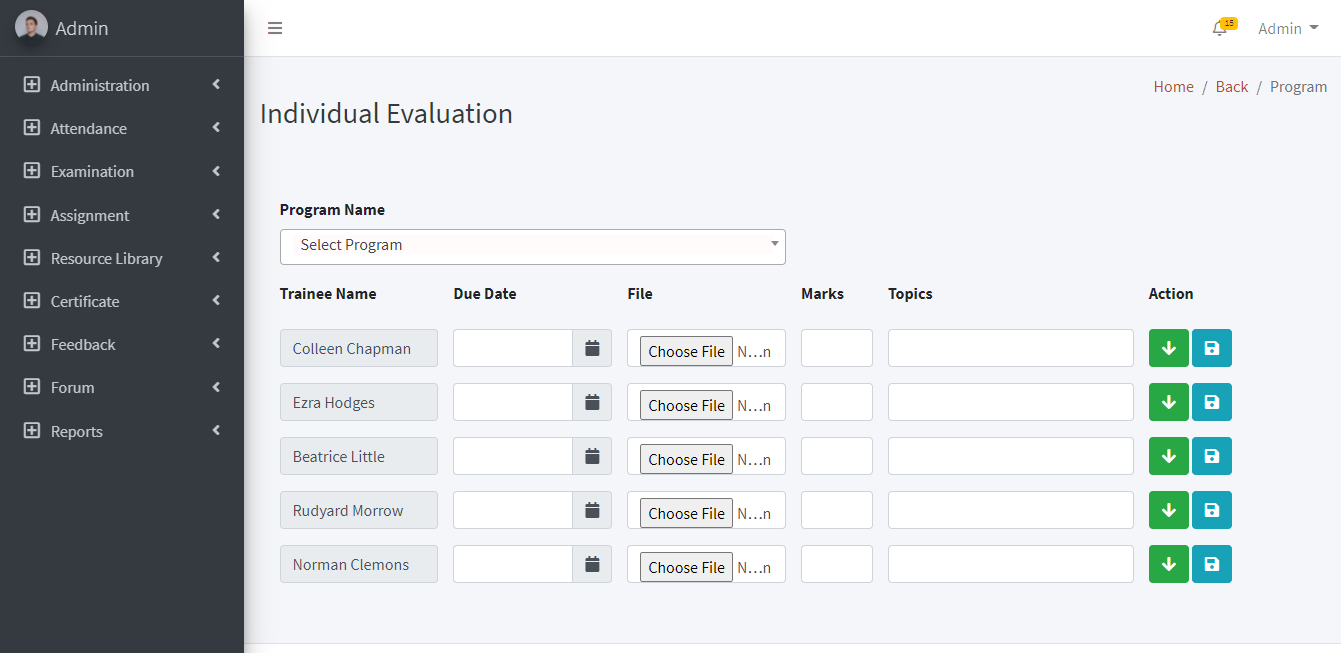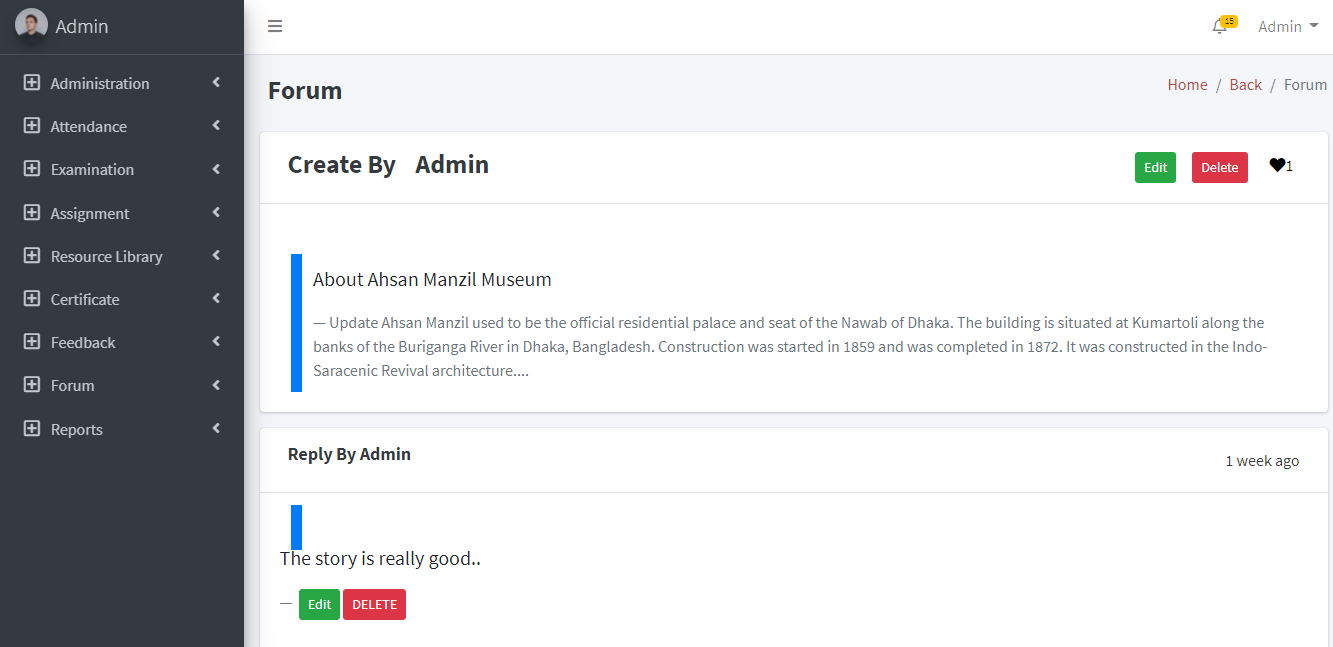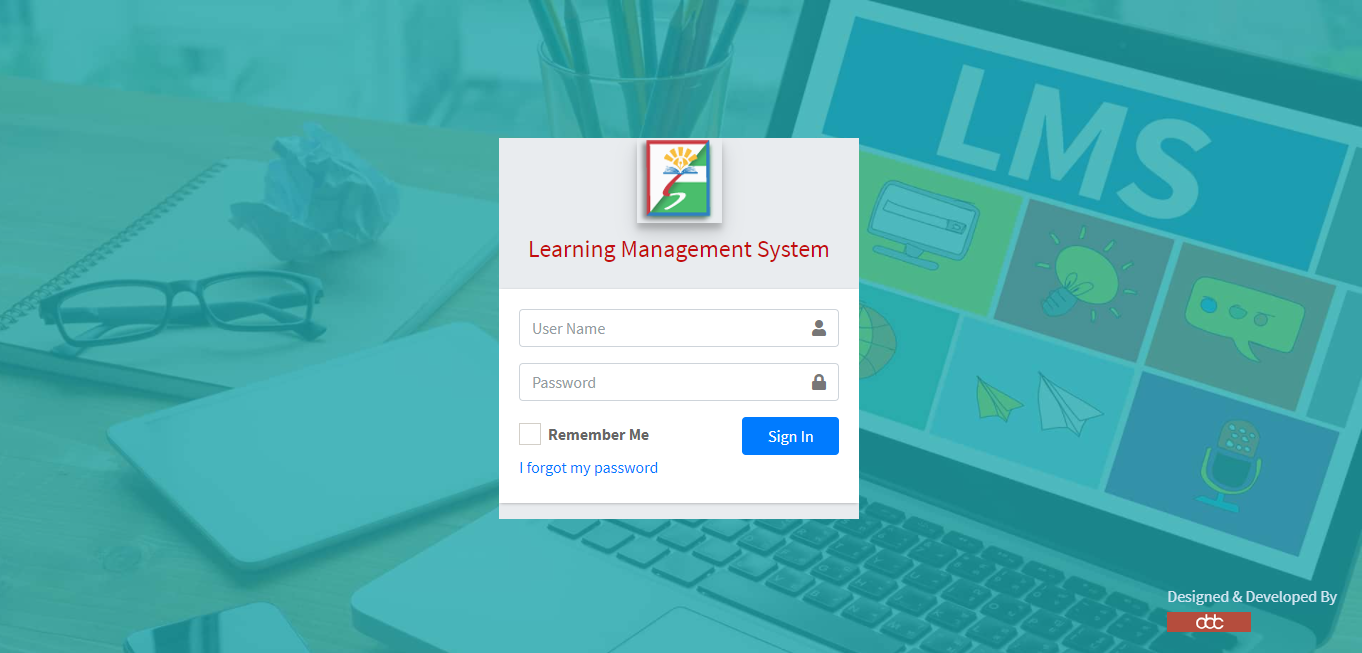Consulting Service for Software Development for Teachers Trainer Database and Data Entry (FIRM) Service Package-49
According to DSHE-MIS statistics, total number of government and non-government institutions in the country under DSHE is 30,712 (school 18,040,...
Description
According to DSHE-MIS statistics, total number of government and non-government institutions in the country under DSHE is 30,712 (school 18,040, college 2741, Madrasa 9147 and schools & colleges 784) and the number and students are respectively 378,816 and 150,00,000. In order for having a more accurate data on numbers, locations, their availability and capacity of existing trained trainers, a Teacher Trainer Management Information System (TT-MIS) database needs to be designed to provide a simple web interface for entering and maintenance of information of teachers who have received Training of Trainers (ToT) or Master Trainer (MT) training in various fields and topics. The TT-MIS would captures all kinds of trainer details, such as personal data & academic records of teachers, ToT/MT course details, involvement in local training of teachers and other groups (Head Teachers/Principals, District Education Officers, Upazilla Secondary Education Officers, School Management Committees etc.), their placement details, trainer certifications, their involvement in projects or any other assignment and other relevant information. All this information will be made available through a secure, online web-enabled interface through DSHE EMIS website. Different reports and queries should be possible to generate based on different options, such as participation of ToT/MT based on topic, timing, geographical location (Boards), certification and even academic and administrative institutional information. The TTMIS can also be used by individual educational institutions to identify master trainers locally or regionally and contact them for their in-house training. The management of accurate, up-to-date teacher trainers' information is important for DSHE and to eventually make it available for all institutions that are involved in training of secondary and higher secondary level teachers and other relevant personnel.
Services
a.Comprehensive collection and aggregation of relevant Master Trainer and any relevant teacher trainer information. Sources of data will be primarily government teacher trainers, agencies and institutions regularly engaged in development project teacher training activities from Dhaka-based sources EMIS, DPE, BANBEIS, relevant government statistical institutions, and other available data sources including national field visits to collect teacher trainer data from teacher educators, core trainers, and others who would be likely to harbor this knowledge and have list of master trainers. Sites required to visit including Government Teacher Training Colleges (TTC – 14 total), Higher Secondary Teacher Training Institutions (HSTTI – 5 total), all relevant agencies likely to keep manual teacher trainer information, including the Curriculum Development Unit (CDU) at NCTB, the Bangladesh Examination Development Unit (BEDU), located at the Board of Intermediate and Secondary Education (BISE) Dhaka, the National Academy of Education Management, NAEM, TTCs, HSTTIs; designing a field study including 30 schools and Madrashas, Upazilas and Districts to be visited for discussions; and; plan the field work in detail. Development of information gathering tools;
b.Field work including visiting Upazila offices and schools/Madrasas, also for primary education. Discussing with Head Teachers/Supers and other relevant staff to verify EMIS and other data, discuss with DEOs, USEOs, School Committee, parents, about security and integrity measures;
c.Carry out Focus Group Discussions in a selected number of schools (minimum 10 schools) with representatives from school, authorities and the community. A SWOT analysis can be carried out as part of the exercise;
d.Desk work including: analysis of collected quantitative data and qualitative material, preparation of a brief report with findings, recommendations for how to deal with any emerging issues;
e.Develop the three-tier architecture according to the findings from the field and discussions with relevant entities and experts;
f.Test the functionality in “real life situations”, e.g. in schools;
g.Fine-tune and present the SMIS for relevant stakeholders and collect feedback;
h.Arrange presentation of a draft report, including the SMIS. Receiving and incorporating any comments on the draft report into a final report.
i.Training management: Training topics, scheduling, assigning training-trainees, memoranda attachment, local/international training);
j.Training resources repository;
k.Trainee’s feedback;
l.Trainee attendance management;
m.Reporting and tracking;




